How to use tomato ash?
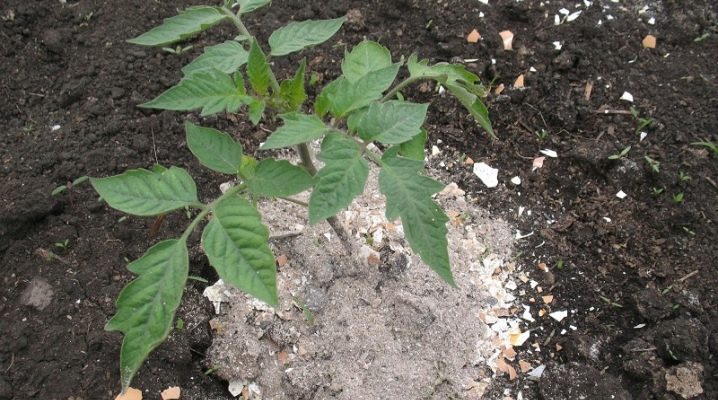
Ash is considered a valuable mineral fertilizer; it is often used for growing tomatoes. At the same time, you can cook it yourself, right in the garden. Tomatoes gratefully respond to feeding of this type and give summer residents a rich harvest of large juicy fruits.
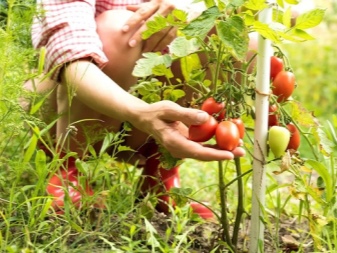
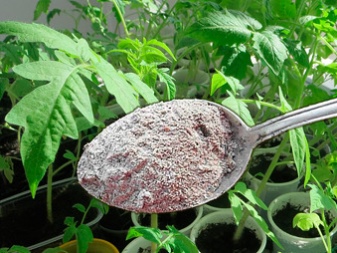
Advantages and disadvantages
Ash is a product of combustion of organic matter, including wood. It contains a rich set of trace elements, the composition and percentage of which depend on the type of raw material burned. It is especially rich in potassium, magnesium, calcium and phosphorus - this is what makes the product popular as a nutritious food for tomatoes.
100 g of ash powder contains:
- 17% calcium carbonate;
- 16% calcium silicate;
- 14% calcium sulfate;
- 12% calcium chloride;
- 15% sodium orthophosphate;
- 1% sodium chloride;
- 4% magnesium carbonate;
- 4% sodium silicate;
- 4% magnesium silicate;
- 12% potassium orthophosphate.
Analyzing the composition of ash, it becomes obvious why this substance is so in demand among gardeners and gardeners. All minerals present in its structure play an important role in the growth, development and fruiting of tomatoes.
Important! As a fertilizer, it is allowed to use exclusively furnace ash or obtained from burning plant residues.
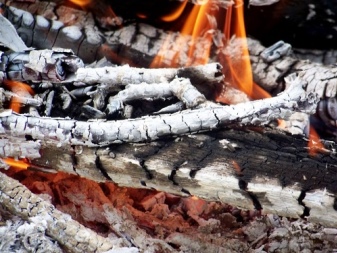
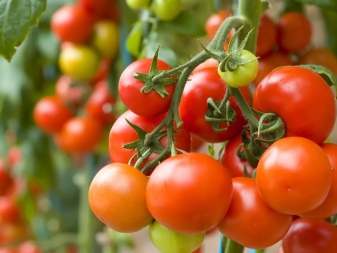
When books, building materials and furniture are burned, ash powder contains salts of heavy metals. Accumulating in the ground, toxins poison tomatoes and can harm a person who eats such tomatoes.
Ash contains a lot of calcium. This mineral is important for the development of tomatoes at all stages of the growing season.
- Calcium carbonate provides delivery of nutrients from cell to cell, cell metabolism and metabolic processes are normalized. Such feeding contributes to the active ripening of fruits.
- Calcium silicate provides improved absorption of beneficial trace elements from the substrate... Thanks to this, the fruits grow nutritious and beneficial to human health.
- Calcium sulfate is part of the superphosphate, one of the most popular summer cottage fertilizers. Important for the full development of the fruit.
- Calcium Chloride - Promotes photosynthesis and enzyme production. This substance allows you to convert the ammonium nitrogen in the soil into useful salts of nitric acid. It is these compounds that give the culture resistance to fungal infections and attacks of garden pests.
- Slightly less potassium and phosphorus in ash... Nevertheless, their concentration is sufficient for the plants to actively develop and bear fruit abundantly. The presence of these minerals normalizes metabolism, improves water balance, and also optimizes the absorption of the root system.
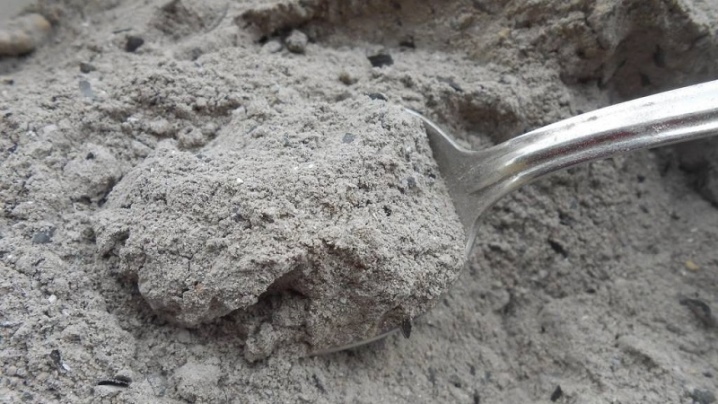
Sodium orthophosphate is very important for tomato. This salt acts as an activator of enzyme formation and promotes the synthesis of essential nutrients. Another valuable mineral is magnesium. The ash contains three of its salts at once. Together with potassium, it is responsible for the production of energy by the green parts of the plant and takes an active part in the synthesis of carbohydrates. This trace element is the main building material for starch and cellulose.
If plants lack magnesium, they stop growing, flowering is delayed for so long that the fruits simply do not have time to ripen before frost.Thus, it is clear that ash is a concentrated nutrient fertilizer. Its use has many advantages when growing tomatoes:
- environmental friendliness, natural origin;
- the availability of feeding, no need to spend money on the purchase;
- rich source of valuable trace elements;
- all useful substances from ash have a form available for assimilation by tomatoes.
The only drawback of such feeding is that it does not contain nitrogen, which is important for the development of the green mass of plants. Experienced gardeners usually alternate ash feeding with nitrogen-containing compounds. However, it must be remembered that measure is good in everything. Excessive feeding of this type has the most unfavorable effect on the acidity of the soil and its mineral balance.
Advice! It is easy to understand that feeding the tomatoes went well. The fruits become dense, and the leaves acquire a pronounced bright green color. If there is no reaction, then after a week, it is better to repeat the treatment.
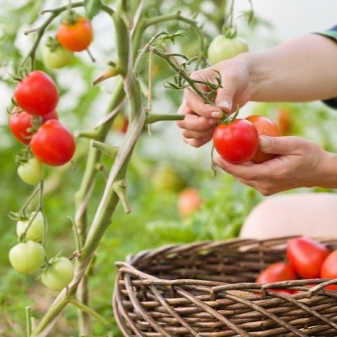

Preparation of solutions
Depending on what trace elements are required by tomatoes at a particular stage of life, ash obtained from different plants can be used.
- Most often, ash powder is used, which is the result of combustion hardwood trees - it contains an optimal balance of phosphorus, potassium and calcium.
- After burning conifers an ash rich in phosphorus is obtained.
- When burning fuel briquettes peat ash is obtained, it contains a large proportion of calcium salts.
- Ash ash from cereals is considered a valuable storehouse of potassium.
- When burning coal ash residues saturate the soil with sulfur and silicon, and also help reduce its acidity.
When making your own ash, you can adjust its composition by selecting the base materials. So, young branches contain a lot of potassium, and old ones give more calcium. The optimal concentration of potassium salts is achieved by using trees with dense wood and the inclusion of weeds. Most often, tomato ash is used dry. For this, plant residues are burned, crushed into powder and added to the ground. When planting young bushes, ash is poured into the holes, in this case, one bush will need 2 tbsp. l. Such fertilizer saturates the substrate with useful macronutrients, in addition, creates effective protection against rot and fungal infections. Alternatively, dry ash can be added to the substrate at the rate of 200 g per square meter during spring and autumn digging. Light soils can only be fed once a year.
If desired, an ash solution can be prepared; it is used to fertilize adult bushes. It is not difficult to make it - you need to stir 100 g of powder in a bucket of water at room temperature, insist in a warm place for several hours and use it to irrigate the plantation. The liquid is applied at the rate of 0.5 liters per bush.
Watering must be done at the very root. Within a week, you will notice that the growth of tomatoes has intensified.
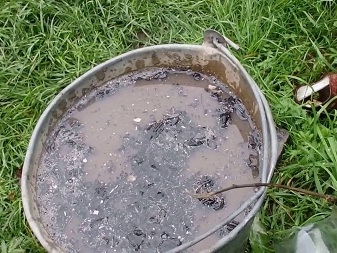
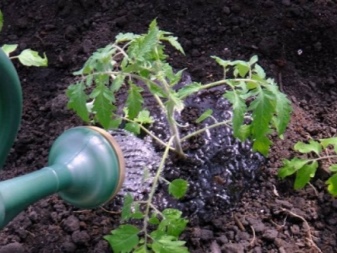
The same composition is required for seed soaking. True, they cook it a little differently: 1 tbsp. l. ash, sifted through a sieve, is dissolved in 2 liters of warm water and insisted for 1-2 days. Then the seeds are filtered and lowered for 10-12 hours. This measure increases the parameters of seedling germination. For foliar feeding, use a recipe based on 1 glass of ash and 3 liters of water. This composition is boiled over low heat for 30-40 minutes, then diluted with clean water so that the total volume is 10 liters. After that, 50 g of laundry soap grated on a fine grater is added - the ready-made solution is used to spray the bushes in case of pest attacks and a lack of useful microelements.
To improve the taste of the fruit, ash is mixed with pharmaceutical preparations. For example, a good effect is the following composition: 2 glasses of ash need to be diluted with 3 liters of boiling water and insisted for 1.5-2 days, after which the solution is filtered and 10 g of boric acid and iodine are added. The resulting mixture is used for spraying bushes during the flowering period. Processing is carried out every 10 days. Tomatoes respond well to ash-herbal tea. In this case, you need to collect plantains, dandelions, nettles and other greens, put them in a clean container so that the greens fill 3⁄4 of the container volume. The grass is poured with water, covered with a lid or bag and left for a week. As soon as the smell appears, add 300 g of ash to the liquid and mix thoroughly. Before watering, 1 liter of the resulting solution is mixed with a bucket of water and the tomatoes are irrigated at the root.
Ash can be used together with yeast. 10 g of dry yeast is stirred in 3 l of water, 3 tsp is added. sugar and insist for 4-5 days in a warm place. A glass of fertilizer is added to the resulting mash and diluted with cold water to get 10 liters of liquid. The mixture is infused for a couple of days and poured under the tomatoes at the rate of 0.5 liters per 1 bush.


Feeding rules taking into account the period
Ash is used not only as a nutritious fertilizer, but also as a medicine for diseased tomato bushes. Regular addition of ash powder to the soil contributes to its disinfection and decontamination.
Ash inhibits the development of pathogenic microflora and pathogenic fungi, while it can be used at any stage of the tomato growing season.
Seedling
Ash can be used even at the stage of preparing the land for planting tomato bushes. It provides accelerated melting of snow and ice crust, promotes rapid heating of the soil. Before planting seedlings, a little ash is poured into the prepared hole, always mixed with the soil. Putting it in its pure form is not recommended, since in this case the young roots can get a chemical burn.
The volume of ash directly depends on the acidity of the earth. At a pH of 7 or more, it is undesirable to alkalize the soil. If the summer resident does not know the acidity level, then it is better to apply a minimum dose of fertilizer or simply dust the ground part of the seedlings with ash. Alternatively, you can add ash while digging the soil for planting. In this case, 100-250 g of dry powder is added for each square meter.
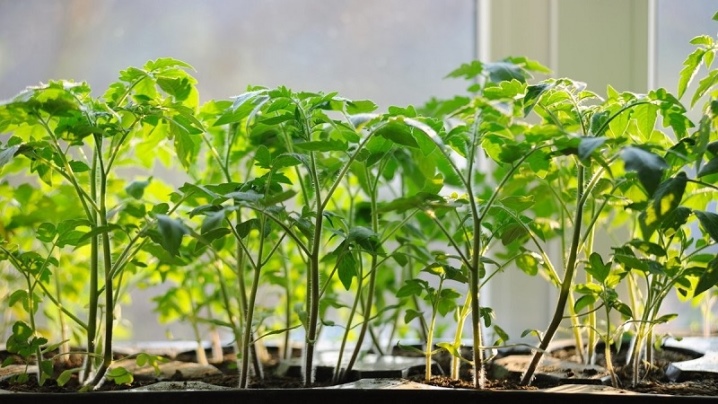
After disembarking
After planting, from time to time, it becomes necessary to pinch and remove excess leaves. In this case, the cut zones must be sprinkled with dry ash powder on top - this will protect the bushes from damage by pathogenic microorganisms and decay. Processing is carried out in June and July. At this stage, the plant needs top dressing - they can be root and foliar.
To combine the fertilizer with a special treatment against infections, a little soapy substrate is added to the ash infusion. In this form, it will better linger on the green parts of the tomato bush.
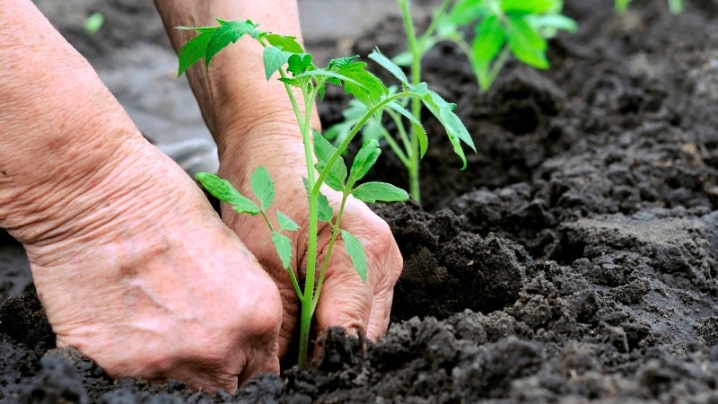
During fruiting
At the stage of ovary formation, tomato bushes respond well to sprinkling ash on the trunk circle. Processing is carried out on moist soil at the rate of 50 g for one plant. This type of feeding has the most favorable effect on the taste characteristics of the fruit; fertilization is carried out every 2 weeks. If the bushes are lightly powdered with ash, they will not be attacked by pests. This method creates effective protection against cabbage flea, slugs and Colorado potato beetle attacks. Apply it on slightly moisturized greens, always in dry, calm weather.
The greatest effect is obtained by a mixture of ash with tobacco dust, taken in equal volumes. During the fruiting period, the plant requires abundant watering. Each of them can be completed by adding ash powder at the rate of 50 g for each bush. A similar procedure will be useful for plants if the ripening of the fruits coincides with a period of prolonged downpours - this will prevent the appearance of rot.
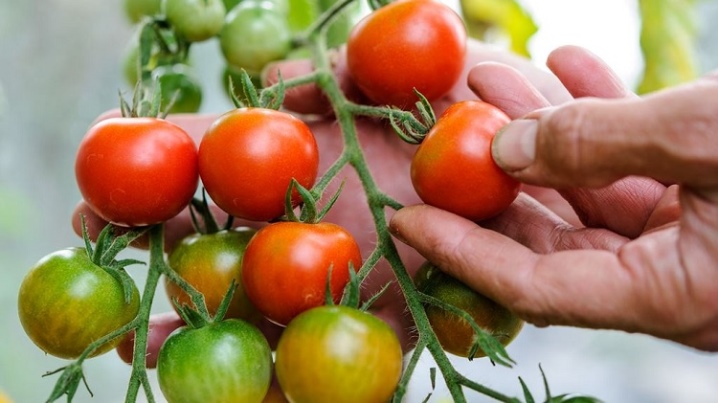
How to fertilize in different growing conditions?
The difference between applying ash in an open area or in a greenhouse is minimal. It is a versatile fertilizer. In any case, it is necessary to take into account a number of contraindications when feeding tomatoes.
- The finished ash must be stored in a dry, well-ventilated place.... Moisturizing and getting wet robs it of its nutritional characteristics. Such ash gives minimal effect when feeding.
- Ash must not be applied at the same time as manure or compost... In this case, the ash will prevent the accumulation of nitrogen, and will also lead to the formation of formulas that the plant assimilates with great difficulty.
- You should also exclude simultaneous use of ash and ready-made synthetic dressings.
- On soils with a pH above 7, alkalization of the soil is prohibited... In such situations, it is possible to feed the garden bed exclusively with products of coal combustion.
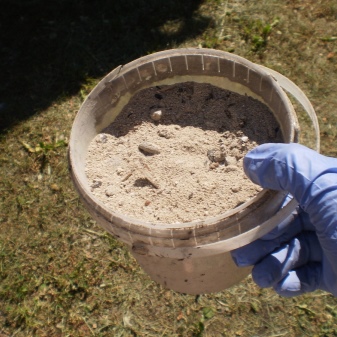

In the open field
When organizing dressings in the open field, you need to remember that not all organics are compatible. So, bird droppings absorb calcium from ash powder, therefore, simultaneous feeding with these substances is not recommended. It is best to apply animal organic matter in autumn, and ash - during spring digging.
The proportions of ash powder application depend on the type of soil:
- on peat soils, tomato requires 500 g / 1 sq. m;
- on the lungs - 200 g / sq. m;
- on loams and heavy soils - 800 g / sq. m.
It is impossible to exceed these doses, as this causes an acid-base imbalance and adversely affects the growth and development of fruits.
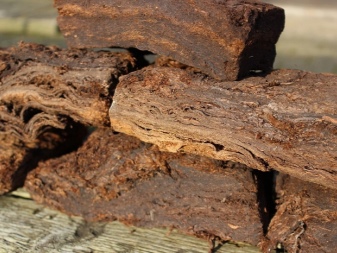
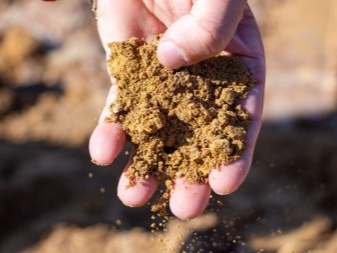
In the greenhouse
Plants in the greenhouse experience a lack of sun and, as a result, potassium deficiency. Therefore, feeding with ash is carried out more often than when grown in open ground. In this case, fertilization can be applied 3-4 times per season. When planting, the ash is poured into the holes, at the flowering stage, the bushes are watered and sprayed with an ash solution. When the fruits ripen, the ash top dressing is used for watering.
On open ground, fertilizer is usually applied after sunset to avoid sun exposure on the leaves. In greenhouses, on the other hand, top dressing is applied in the morning. Wood ash is an effective and affordable top dressing, tomatoes are very fond of it. However, fertilizer must be applied correctly, in compliance with the terms and dosages.... Only in this case, it will give the desired effect, allow you to protect the culture from common tomato infections and provide the summer resident with a rich harvest of fruits.
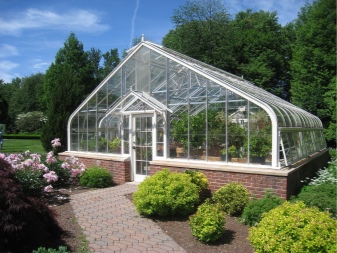
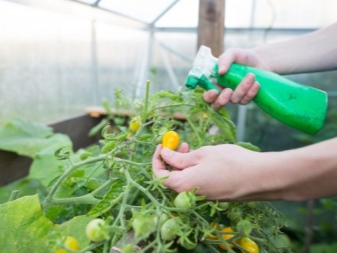













The comment was sent successfully.